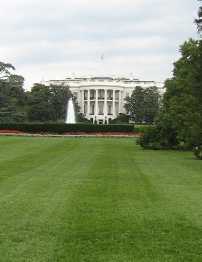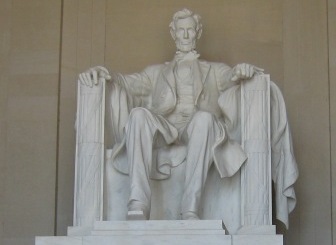Branches of Government
Executive Branch
President's Cabinet
US Presidents
Legislative Branch
House of Representatives
Senate
How Laws are Made
Judicial Branch
Landmark Cases
Serving on a Jury
Famous Supreme Court Justices
John Marshall
Thurgood Marshall
Sonia Sotomayor
|
United States Constitution
The Constitution
Bill of Rights
Other Constitutional Amendments
First Amendment
Second Amendment
Third Amendment
Fourth Amendment
Fifth Amendment
Sixth Amendment
Seventh Amendment
Eighth Amendment
Ninth Amendment
Tenth Amendment
Thirteenth Amendment
Fourteenth Amendment
Fifteenth Amendment
Nineteenth Amendment
|
Overview
Democracy
Checks and Balances
Interest Groups
US Armed Forces
State and Local Governments
Becoming a Citizen
Civil Rights
Taxes
Glossary
Timeline
Elections
Voting in the United States
Two-Party System
Electoral College
Running for Office
|

